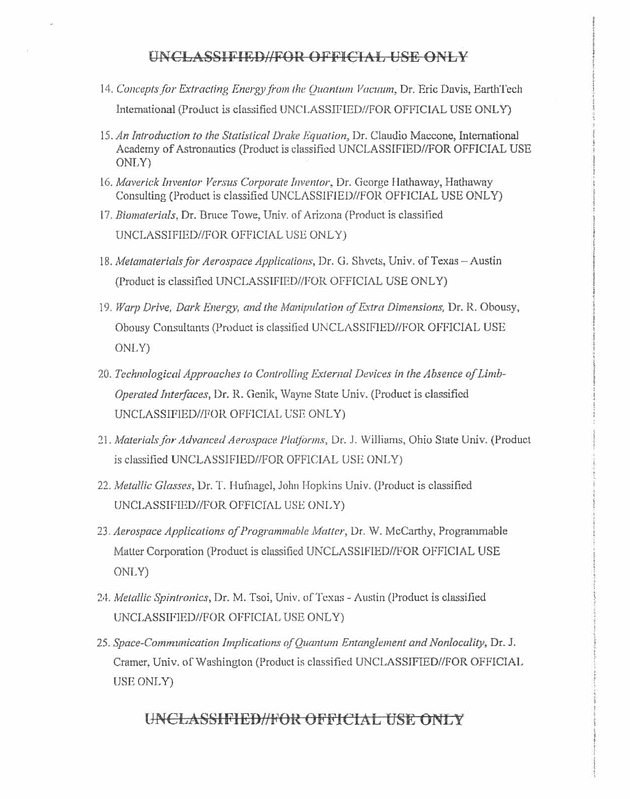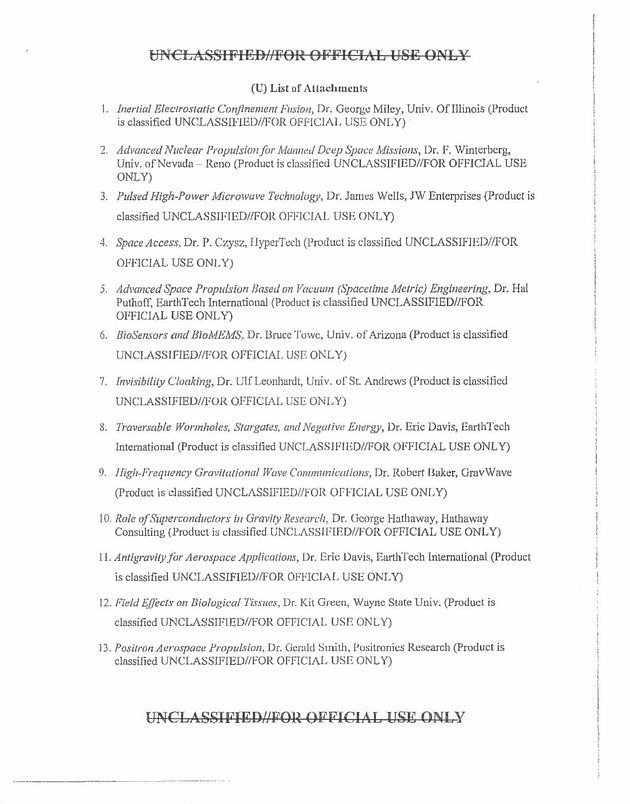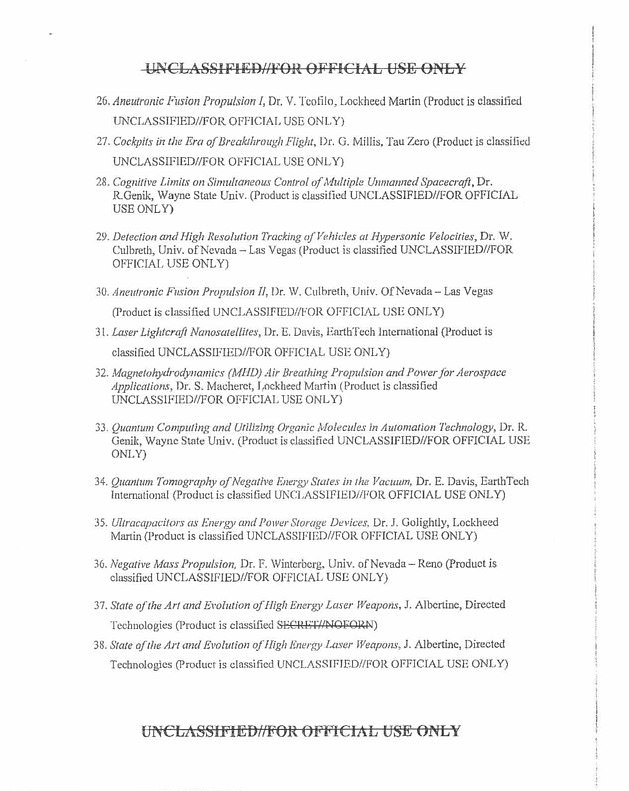Declassified Pentagon files have revealed that the U.S. government once funded a surprising range of scientific research into wormholes, warp drives, invisibility cloaks, and UFOs. Buried in technical reports and sealed under top-secret clearance, these projects pushed the boundaries of what was considered possible — and brought science fiction eerily close to reality.
Now that the veil is lifting, a clearer picture is emerging of just how deep the rabbit hole went.
What declassified Pentagon files reveal about advanced science projects
The documents, released by the Defense Intelligence Agency (DIA) through a Freedom of Information Act request, list 38 classified research projects that once operated under total secrecy. Their topics read like the outline of a sci-fi screenplay — yet they were backed by real budgets, real scientists, and real ambition.
Among the most eyebrow-raising entries:
-
Traversable wormholes and extra-dimensional physics
-
Warp drives and space-time manipulation
-
Invisibility cloaking via electromagnetic field theory
-
Laser-augmented weapons and propulsion systems
-
UFO detection and advanced aerospace threat tracking
These declassified Pentagon files don’t prove the existence of alien craft — but they do prove that the government took those possibilities seriously enough to invest in the underlying science.
A quiet government program with bold goals



The program behind the files was known as the Advanced Aerospace Threat Identification Program (AATIP) — a Pentagon initiative that received tens of millions in funding in the mid-2000s. Though initially described as a project to investigate UFO sightings, AATIP’s research extended into theoretical physics and frontier technologies.
The list of research contracts includes some of the most provocative subjects in modern physics:
-
Warp drive, dark energy, and the manipulation of extra dimensions — credited to physicist Dr. Richard Obousy of Icarus Interstellar
-
Invisibility cloaking — studied by Dr. Ulf Leonhardt at the Weizmann Institute of Science
-
High-energy laser weapons and space propulsion systems
-
Zero-point energy extraction and gravitational wave communication
Every one of these subjects was once dismissed as fringe — but through these declassified Pentagon files, we now know they were taken very seriously behind closed doors.
Could declassified Pentagon files point to a larger defense strategy?
The files were first uncovered after Steven Aftergood, director of the Federation of American Scientists’ Project on Government Secrecy, filed a public records request. He later told reporters:
“These are the kinds of topics you pursue when you have more money than you know what to do with.”
While Aftergood was skeptical of the practicality of the research, others see it differently. Some argue the Pentagon was preparing for technological disruption — or attempting to get ahead of adversaries in case such concepts ever proved feasible.
Whether for defense, deterrence, or curiosity, the fact remains: the U.S. invested heavily in exploring the edges of known science.
The idea that the government might fund research into wormholes or invisibility cloaks sounds like something from a comic book. But the declassified Pentagon files confirm otherwise. These weren’t just thought experiments — they were real contracts, with deliverables and deadlines.
We may never know how far some of these investigations went. Many details remain redacted, and some projects could still be ongoing under different names or agencies.
But the message is clear: science fiction wasn’t ignored — it was quietly explored.











